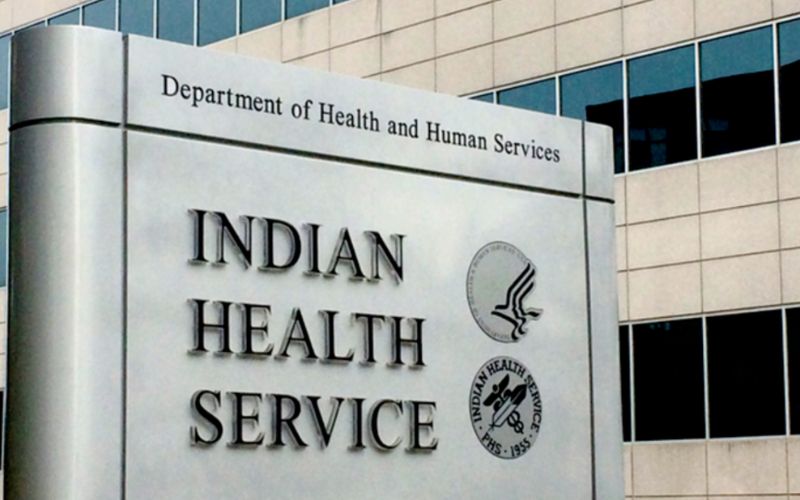US Public Health Crisis: How Budget Cuts are Crippling Communities' Ability to Stay Safe

Across the United States, a silent crisis is unfolding as vital public health services are being dramatically undermined by federal budget cuts. A recent report by the Associated Press (AP) paints a stark picture of how these reductions are impacting communities, leaving them vulnerable to disease outbreaks, environmental hazards, and a decline in overall public safety.
For years, state and local health departments have been the unsung heroes, diligently performing essential, yet often invisible, work. This includes everything from inspecting restaurants and ensuring food safety to monitoring wastewater for dangerous pathogens and swiftly responding to disease outbreaks. They are the frontline defenders against threats that can quickly escalate into major public health emergencies.
However, these departments are now facing crippling budget constraints, forcing them to make difficult choices and drastically scale back their operations. The AP report highlights a disturbing trend: essential staff are being laid off, crucial programs are being eliminated, and vital infrastructure is deteriorating. This erosion of public health capacity has far-reaching consequences for individuals and entire communities.
The Ripple Effect of Cuts
The impact of these cuts isn't limited to a single area. Consider the following:
- Disease Outbreak Response: With fewer epidemiologists and public health workers, responding to outbreaks like measles or foodborne illnesses becomes significantly more challenging. Delays in detection and containment can lead to wider spread and increased severity.
- Environmental Health: Reduced inspections of restaurants and other food service establishments increase the risk of food poisoning and other health hazards. Monitoring of water and air quality also suffers, potentially exposing communities to harmful pollutants.
- Chronic Disease Prevention: Programs aimed at preventing chronic diseases like diabetes and heart disease are being slashed, leading to a decline in preventative care and potentially worsening health outcomes in the long run.
- Wastewater Surveillance: The crucial ability to detect emerging viruses and pathogens through wastewater monitoring is being compromised, hindering early warning systems for potential threats.
A Looming Public Health Risk
Experts warn that these budget cuts are not merely a short-term problem; they represent a significant long-term risk to public health. As the population ages and faces increasingly complex health challenges, a robust and well-funded public health system is more critical than ever. The current trajectory, however, points towards a weakening of this vital infrastructure.
The AP report serves as a wake-up call, urging policymakers to recognize the importance of investing in public health. Failing to do so will not only jeopardize the health and safety of communities across the US but also undermine the nation's overall economic and social well-being.
What Can Be Done?
Addressing this crisis requires a multi-faceted approach:
- Increased Federal Funding: Advocating for increased federal funding for state and local health departments is paramount.
- Prioritizing Public Health: Policymakers need to prioritize public health investments and recognize the long-term benefits of preventative care.
- Community Engagement: Engaging communities in public health initiatives can help build trust and ensure that programs are tailored to local needs.
The health of our communities is not a luxury; it's a fundamental necessity. It's time to invest in a strong and resilient public health system before it's too late.





